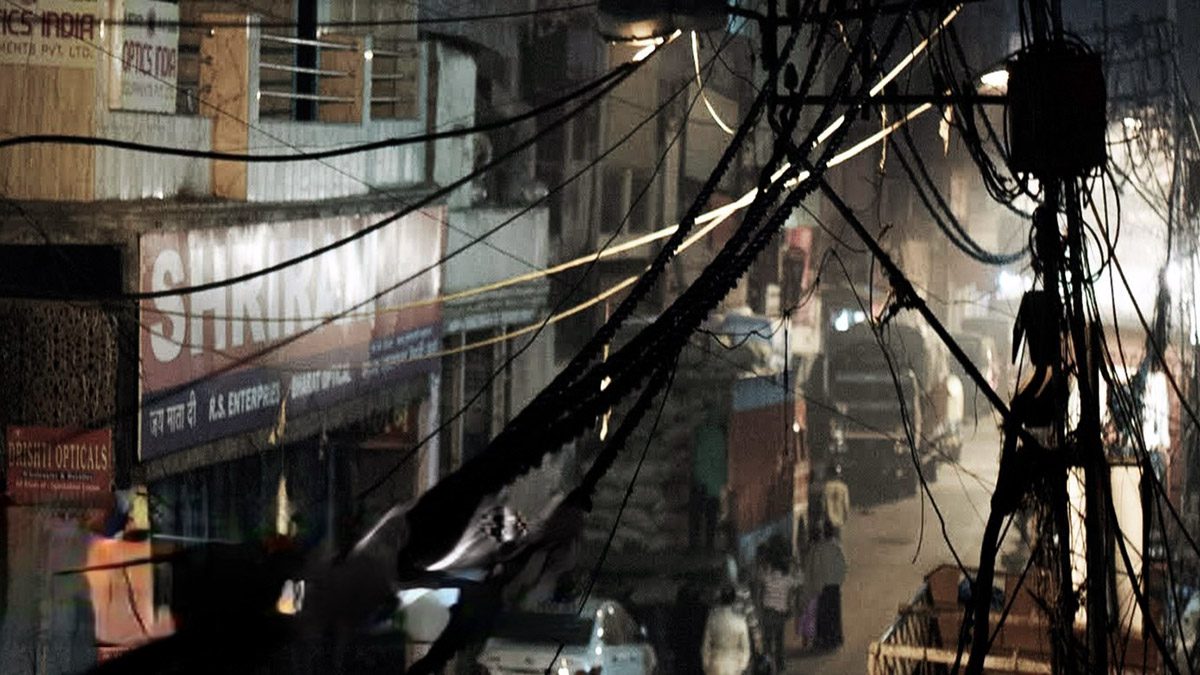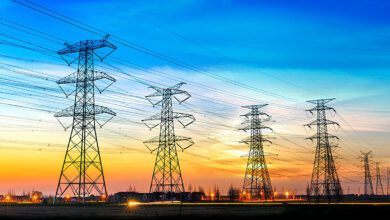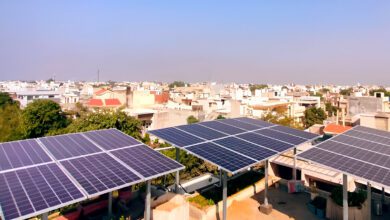In a statement, the Union Minister for Power and New & Renewable Energy provided an overview of the electricity consumption trends and power project developments in India over the past few years. According to the data presented, the consumption of electricity in the country has witnessed a steady rise, reaching 15,04,264 million units in the year 2022-23.
Breaking down the electricity consumption by state and union territory, Delhi emerged as a significant contributor, with consumption increasing from 29,555 million units in 2020-21 to 35,133 million units in 2022-23. Other states such as Uttar Pradesh, Rajasthan, and Maharashtra also showed substantial growth in electricity consumption during the same period.
The report further highlighted the establishment of power projects in the last two years, with a total capacity addition of 1,580 MW during 2022-23. Notable projects include the North Karanpura Super Thermal Power Plant in Jharkhand and the Damodaram Sanjeevaiah Thermal Power Station in Andhra Pradesh. Additionally, up to October 2023, new projects, including coal, gas, and nuclear, added a cumulative capacity of 2,374 MW.
The Minister also provided insights into the ongoing construction of power projects across the country. Among the under-construction projects, thermal power projects in Bihar, Jharkhand, and Uttar Pradesh, along with hydroelectric projects in Arunachal Pradesh, Himachal Pradesh, and Uttarakhand, are set to significantly contribute to India’s power generation capacity.
While the nation has made substantial strides in power generation, the report acknowledged challenges faced in the hydroelectric sector. Despite consistently exceeding targets in the previous years, hydropower generation in 2023 has fallen short of the set target due to adverse weather conditions, including floods in Himachal Pradesh, Uttarakhand, and Sikkim.
The Minister assured that the government is committed to addressing these challenges and outlined various policy measures taken to boost hydroelectric power generation. These include the declaration of large hydro power projects as a renewable energy source, notification of Hydro Purchase Obligations (HPO), waiver of Inter State Transmission System (ISTS) charges, and tariff rationalization measures.
In a bid to harness the nation’s hydroelectric potential, the government has undertaken a reassessment study, revealing an exploitable hydro power potential of 1,33,410 MW. Out of this, 42,105 MW has been harnessed, and the government is actively working on developing additional projects to further tap into this clean and renewable energy source.












